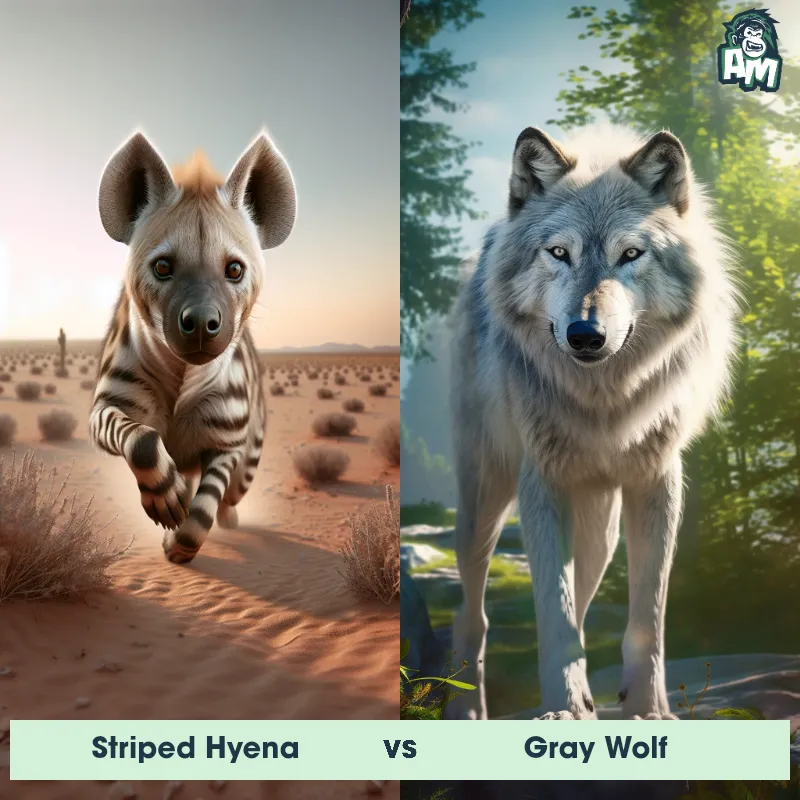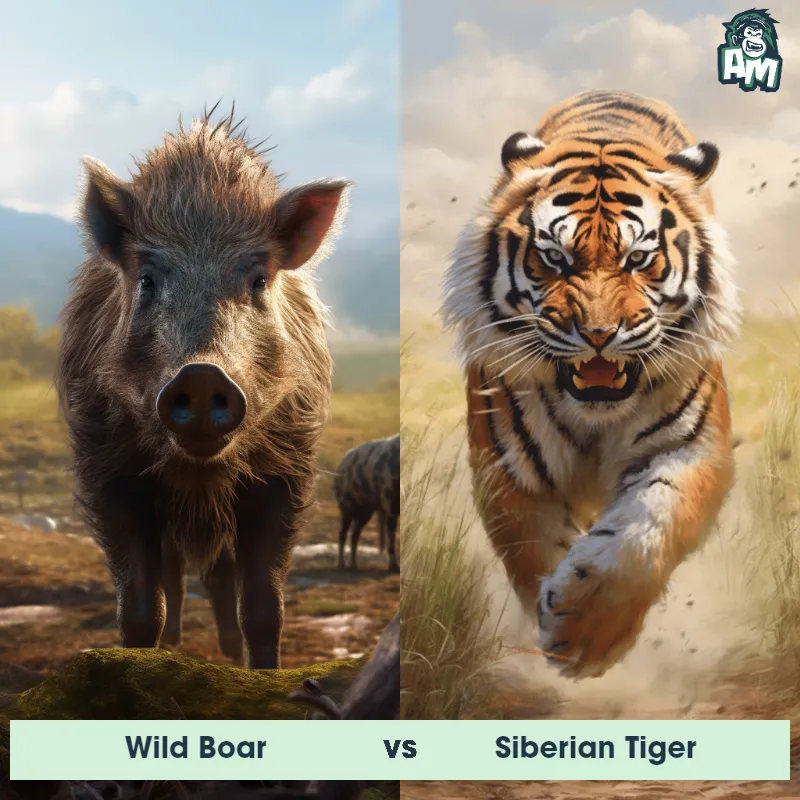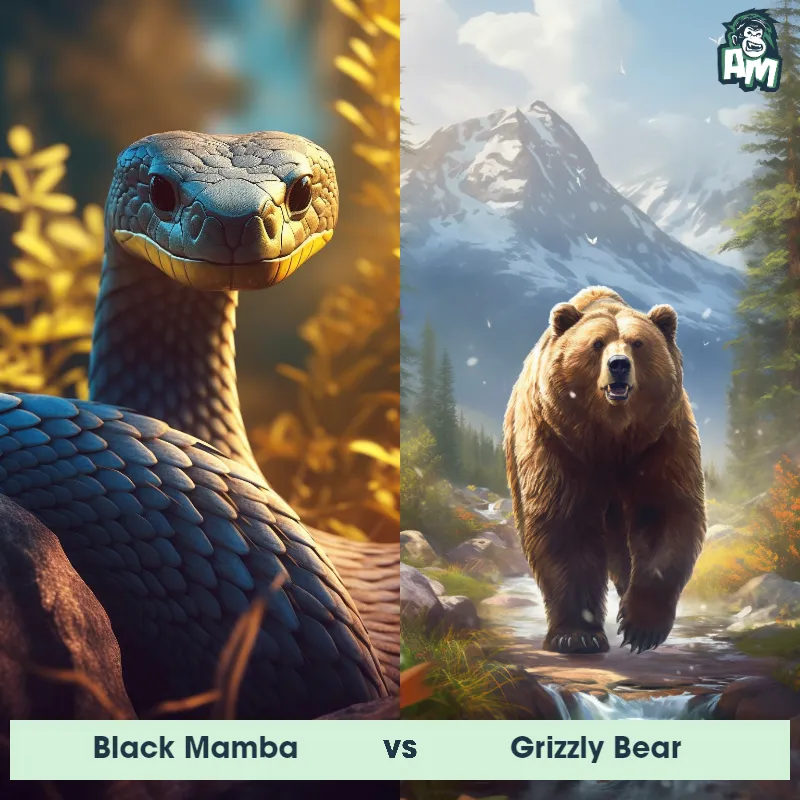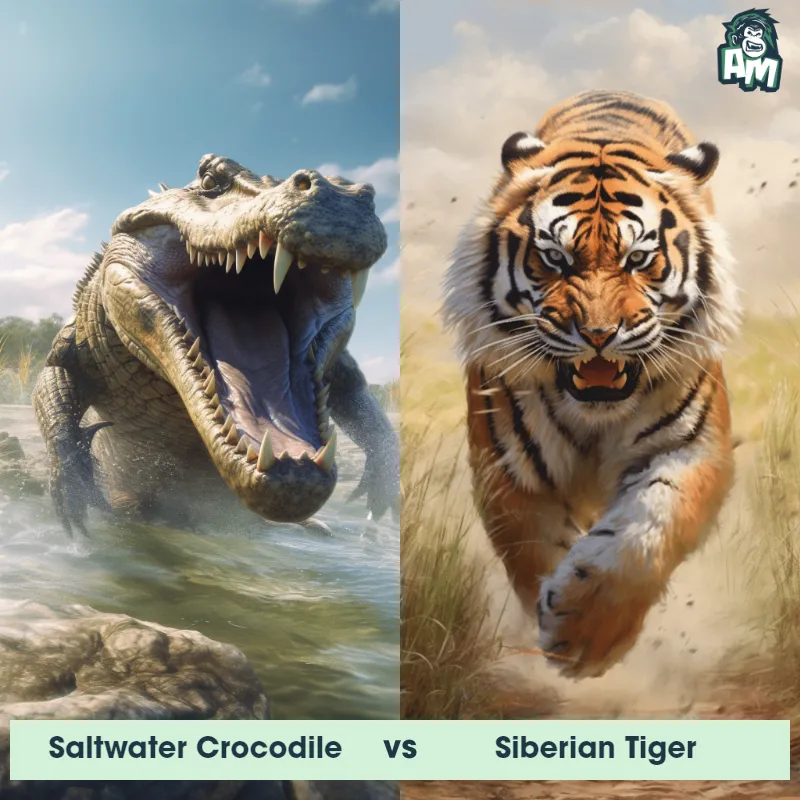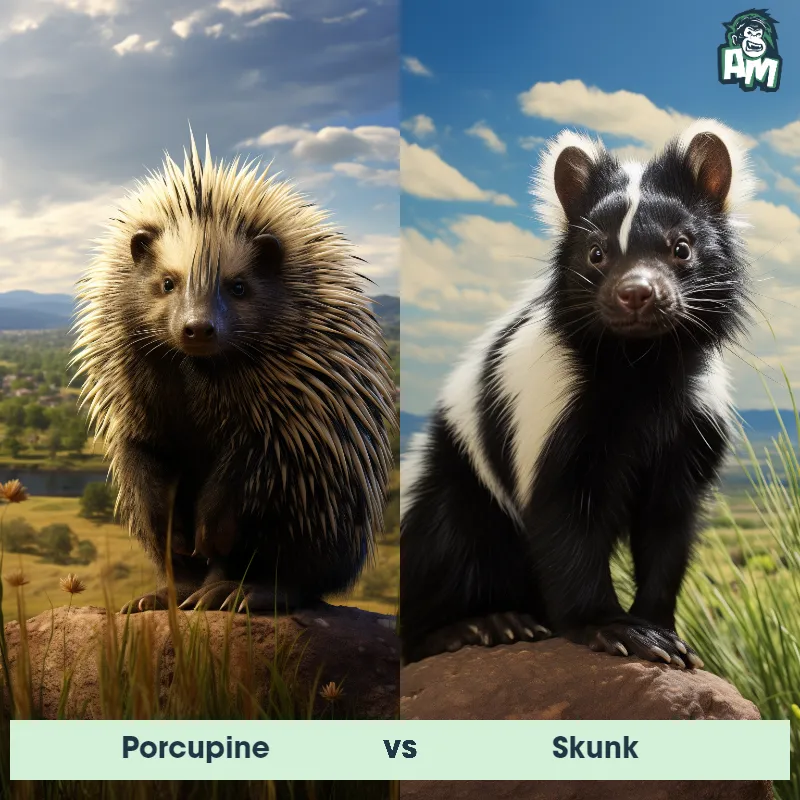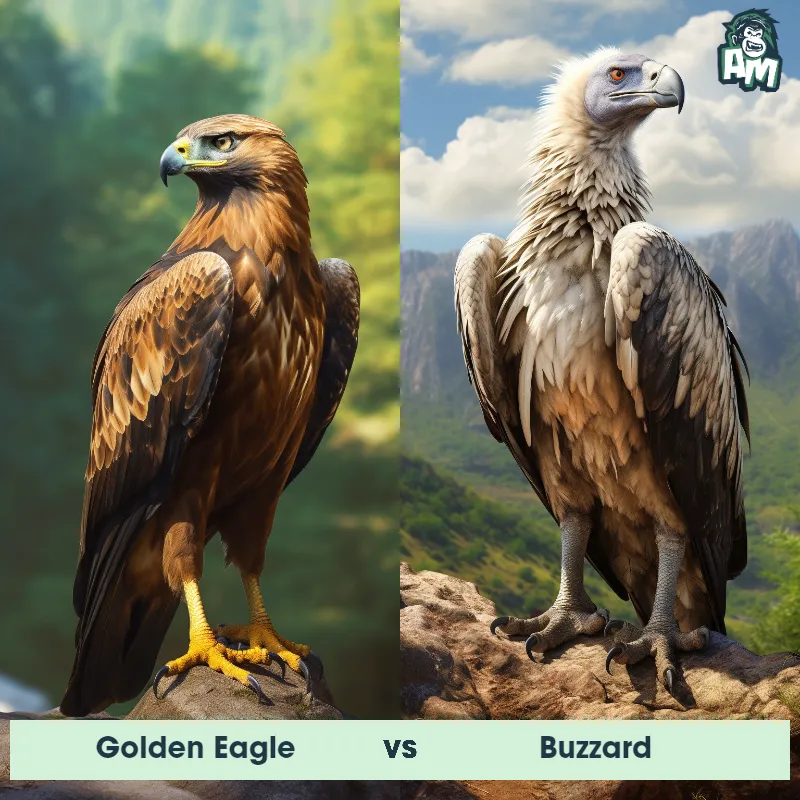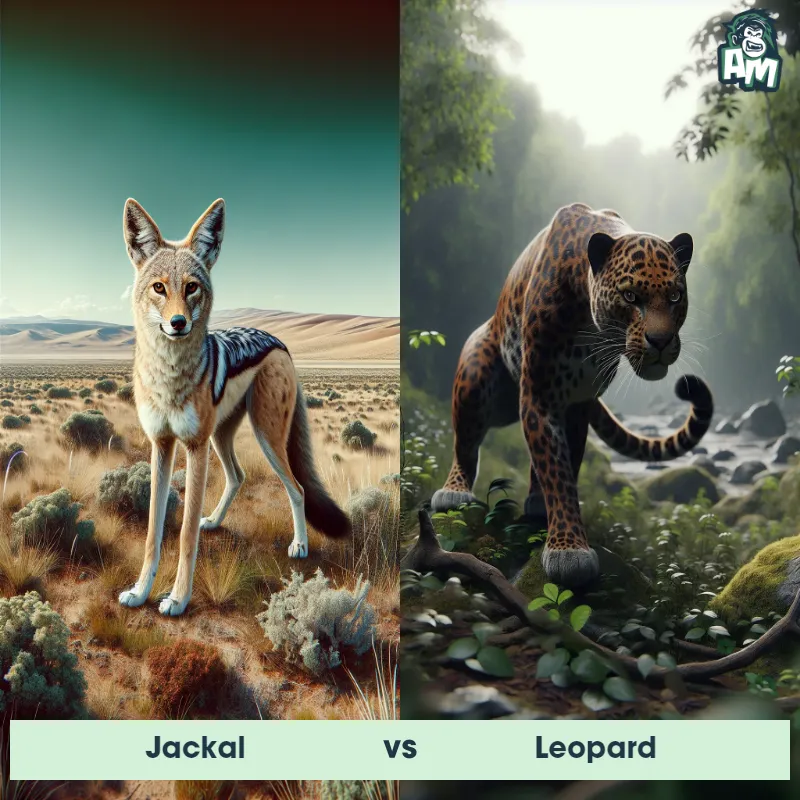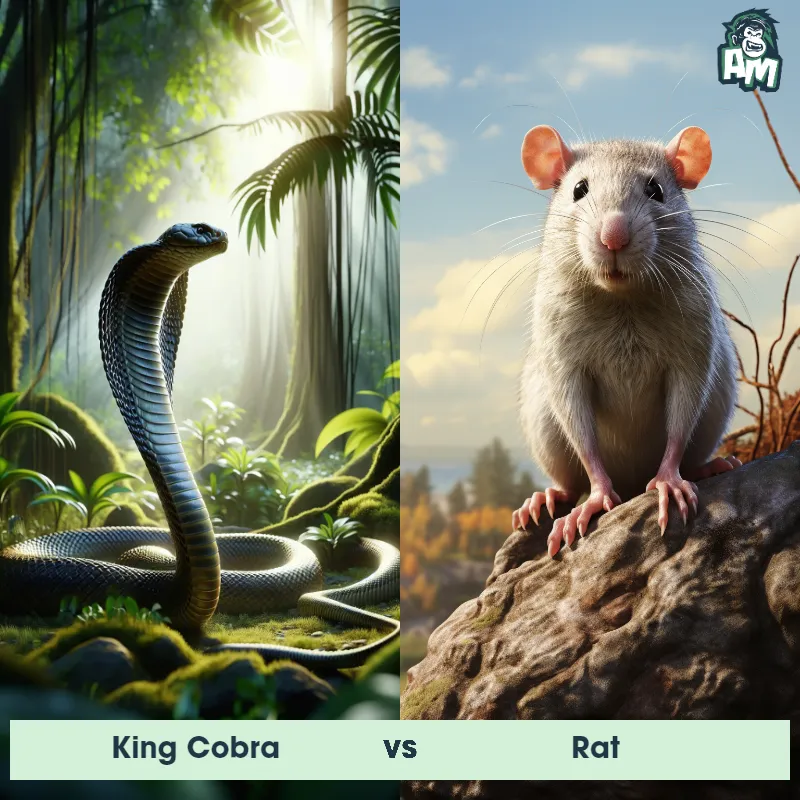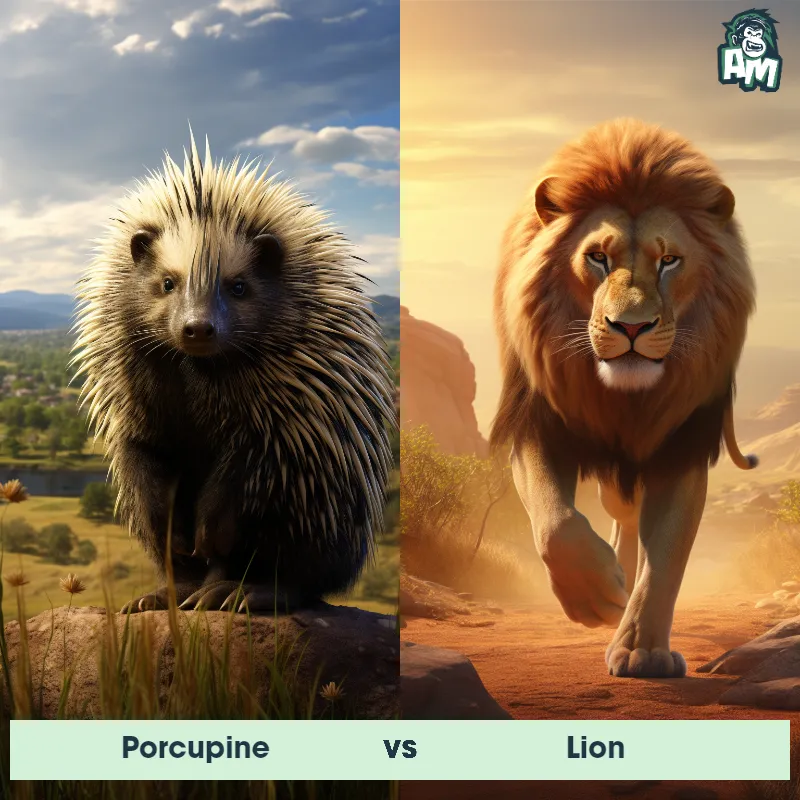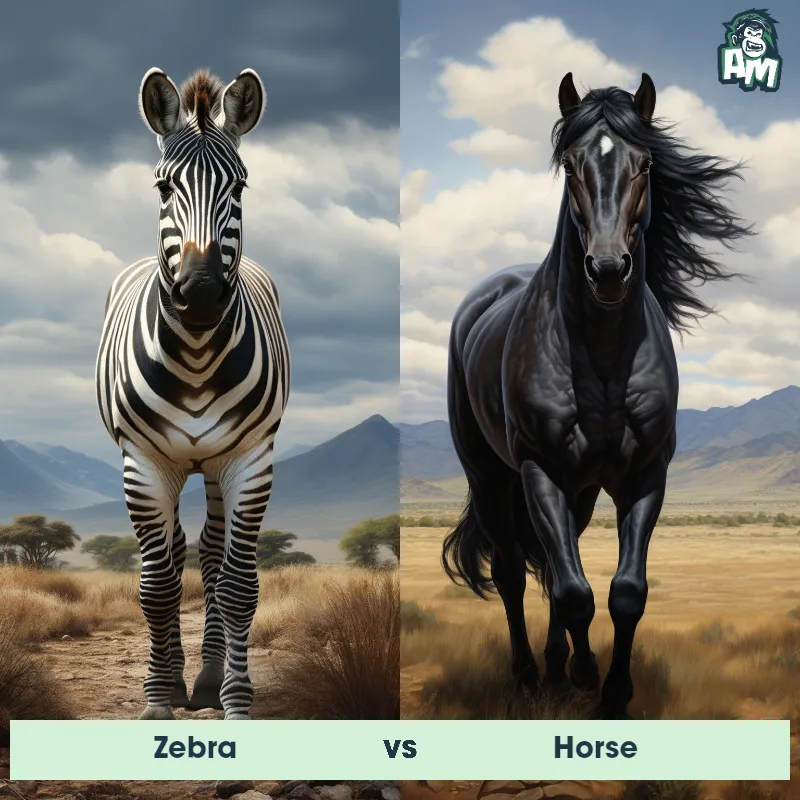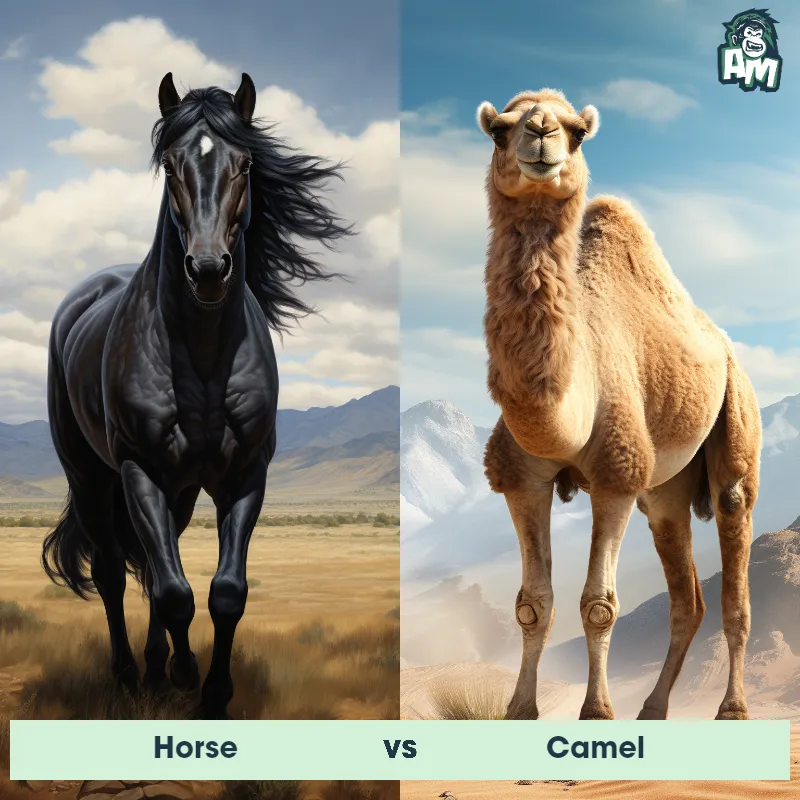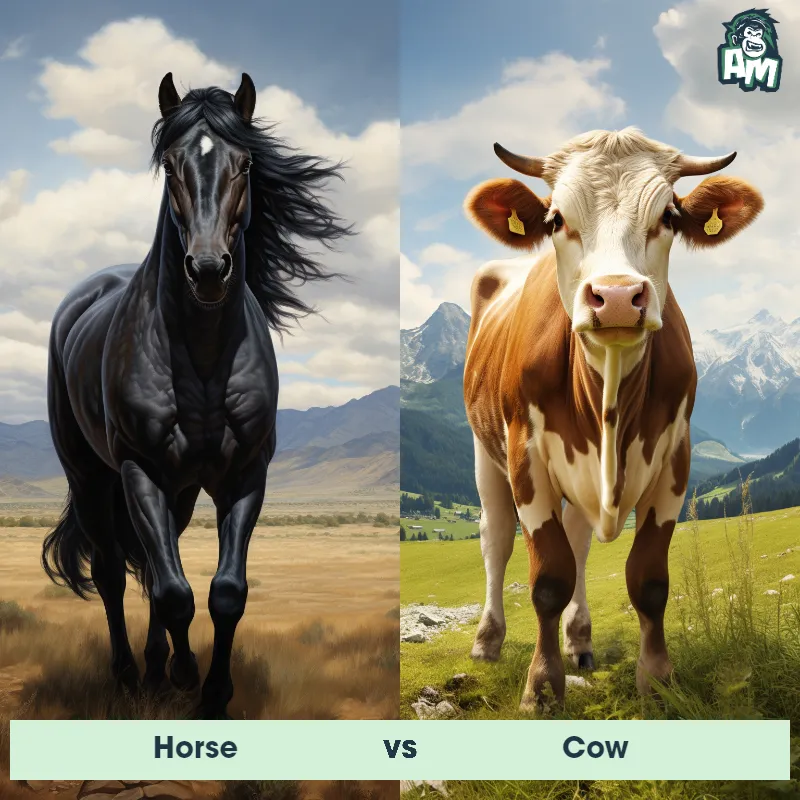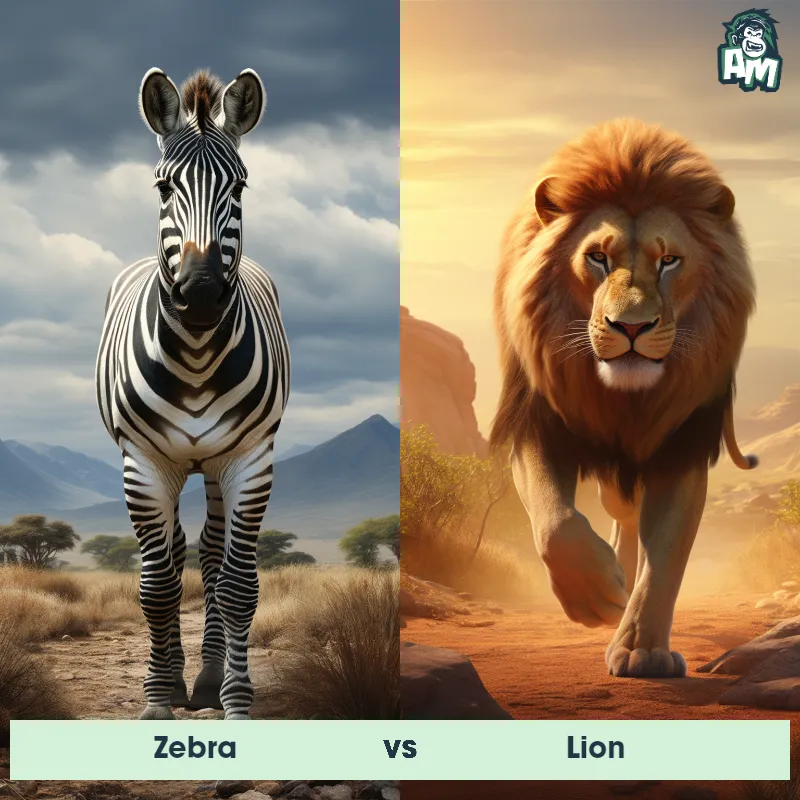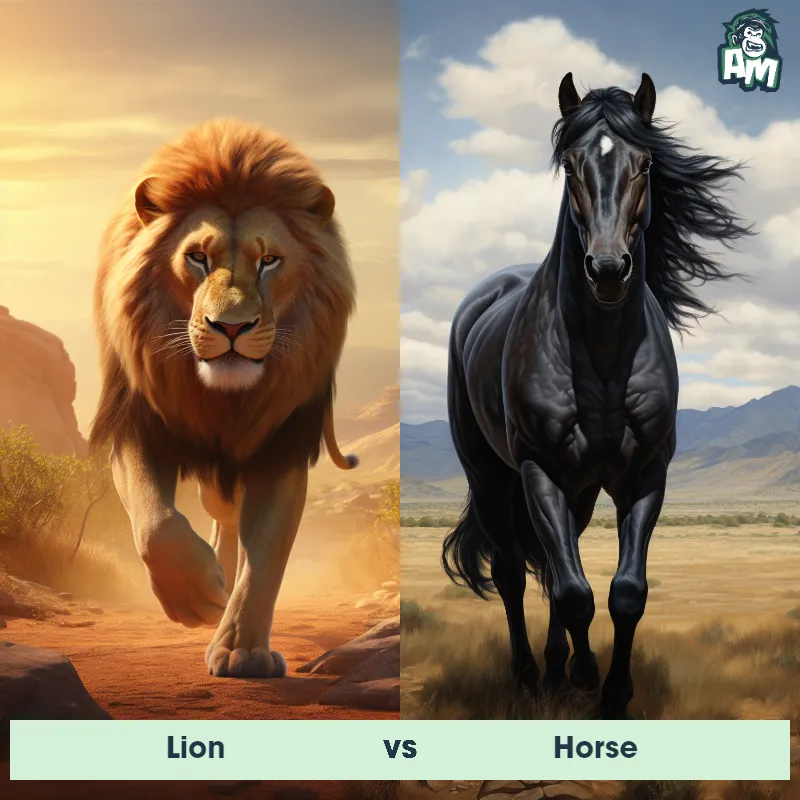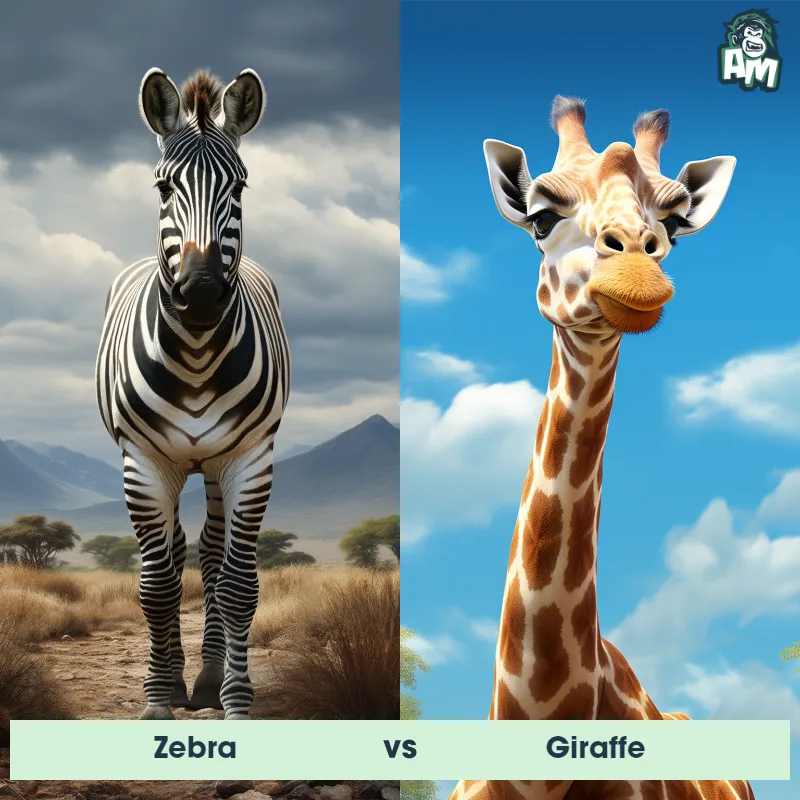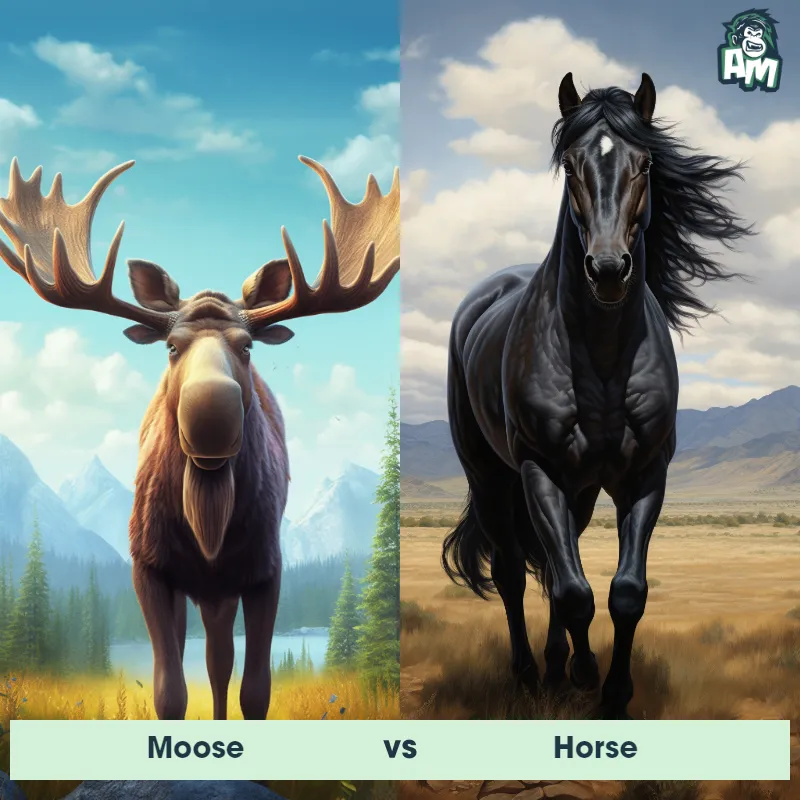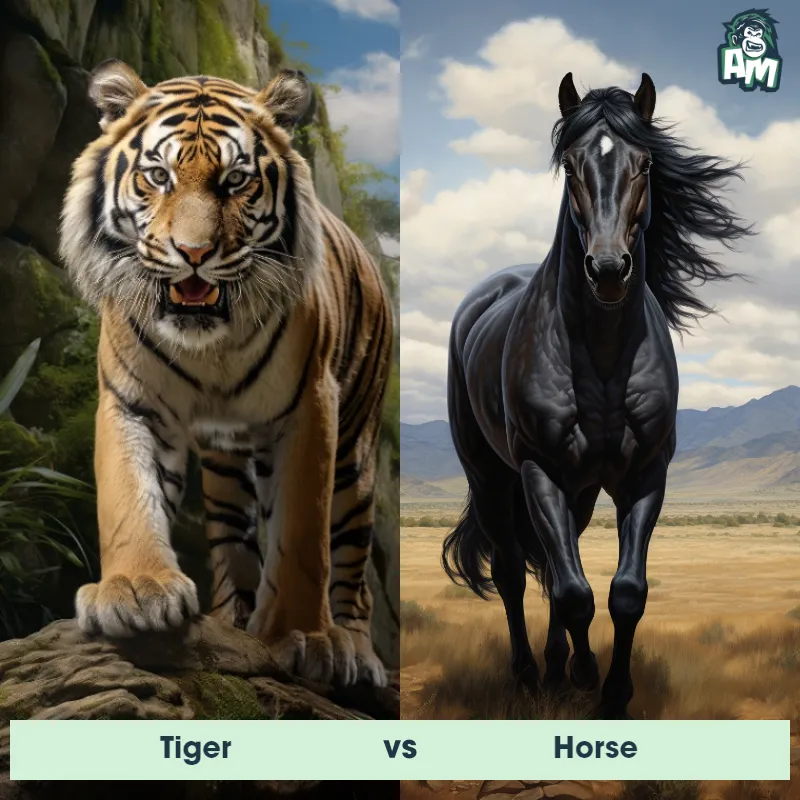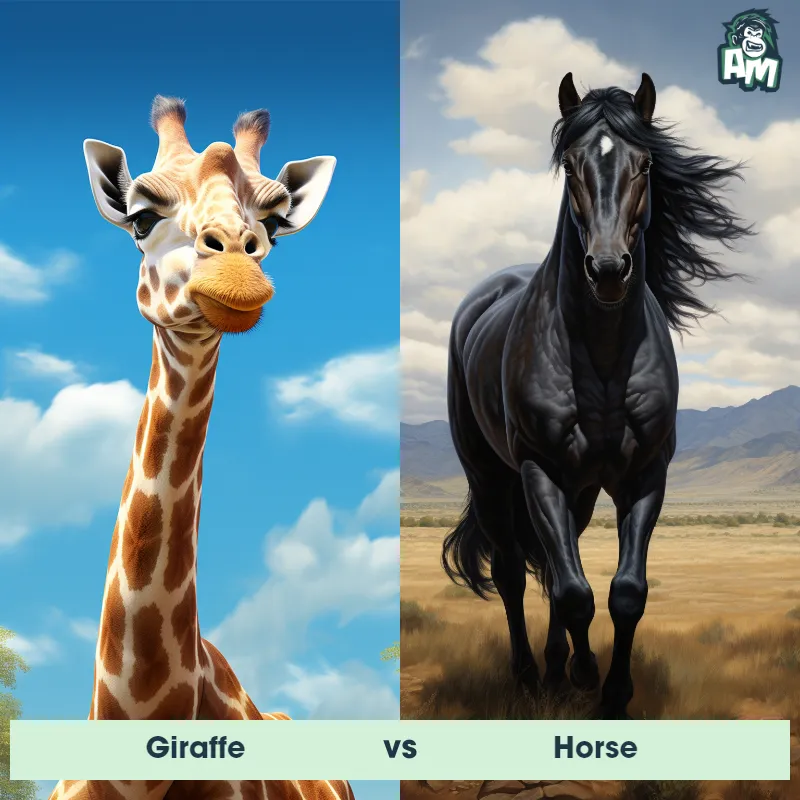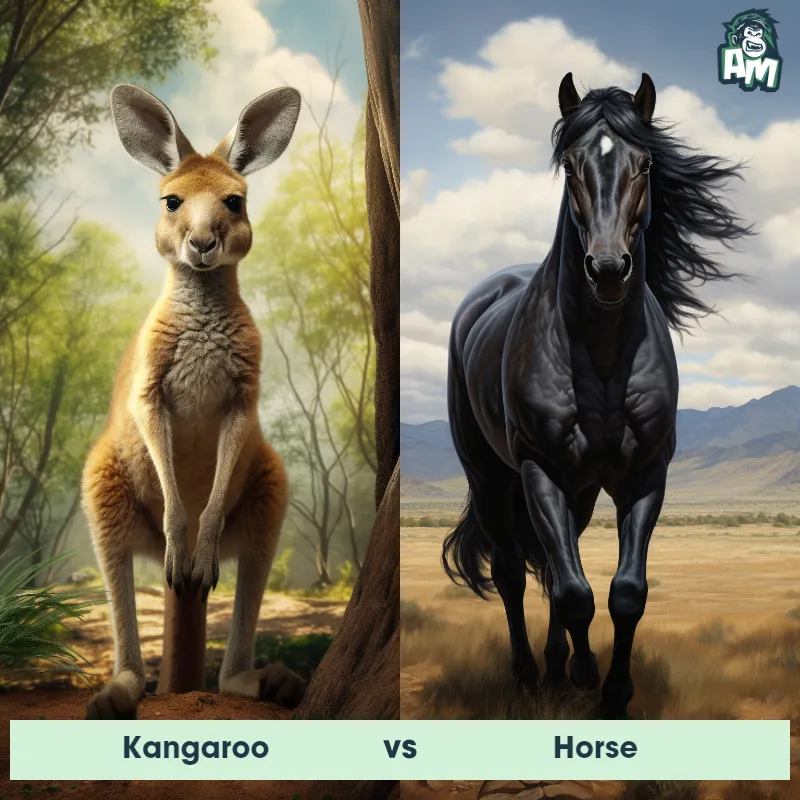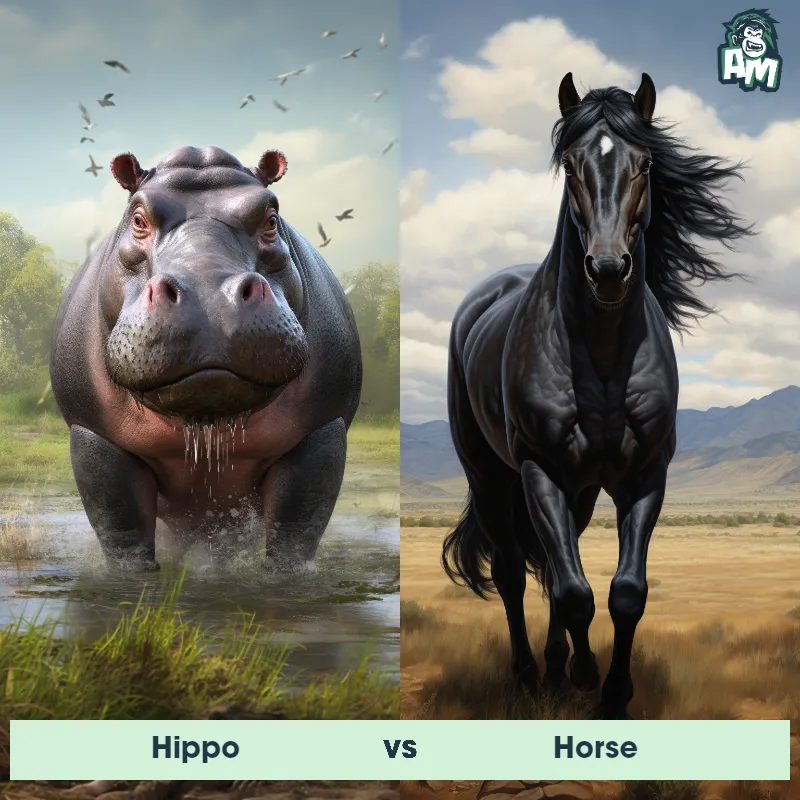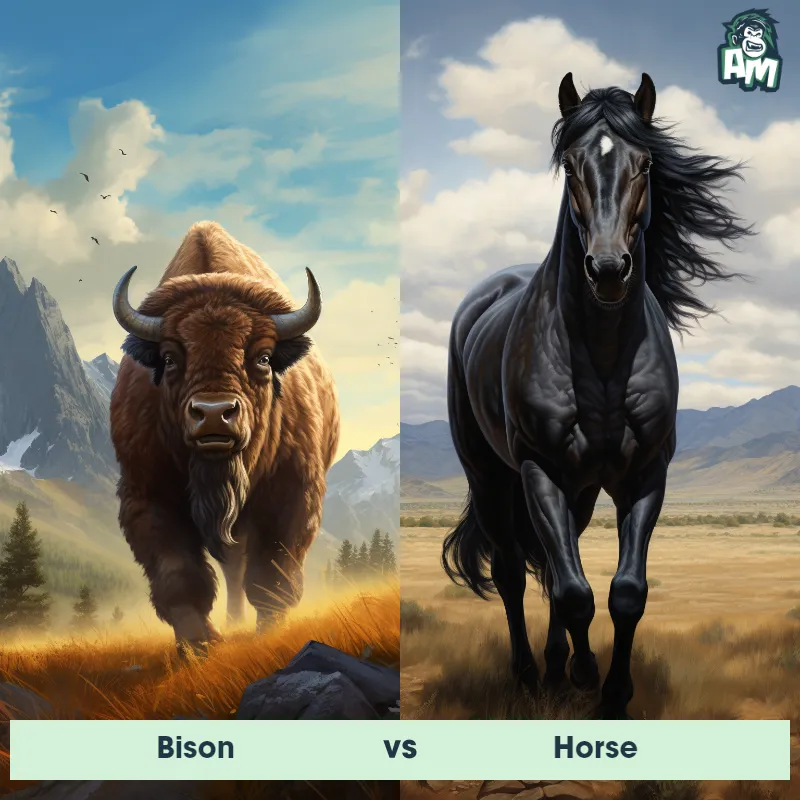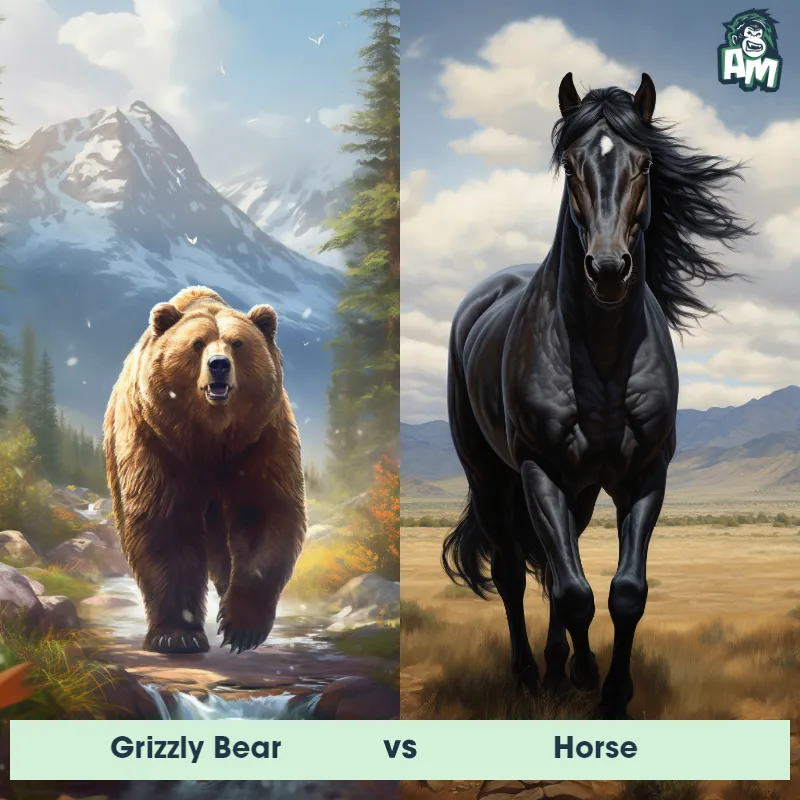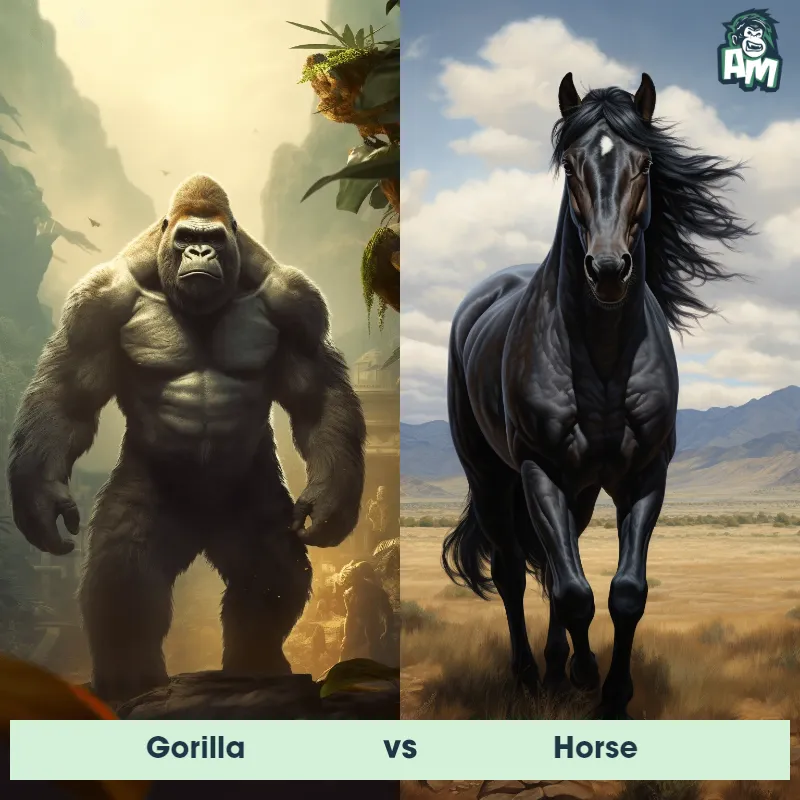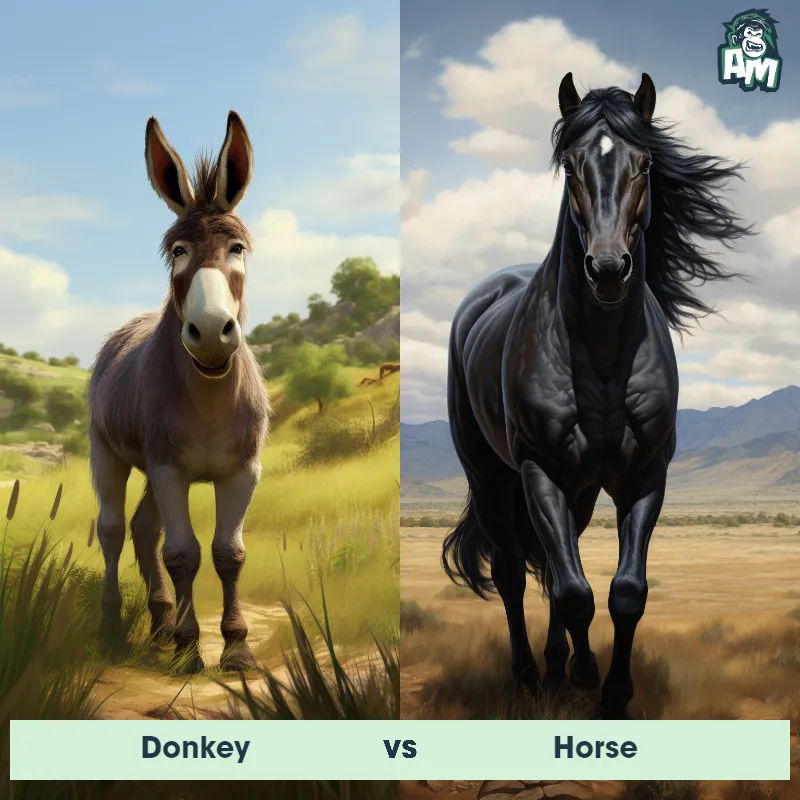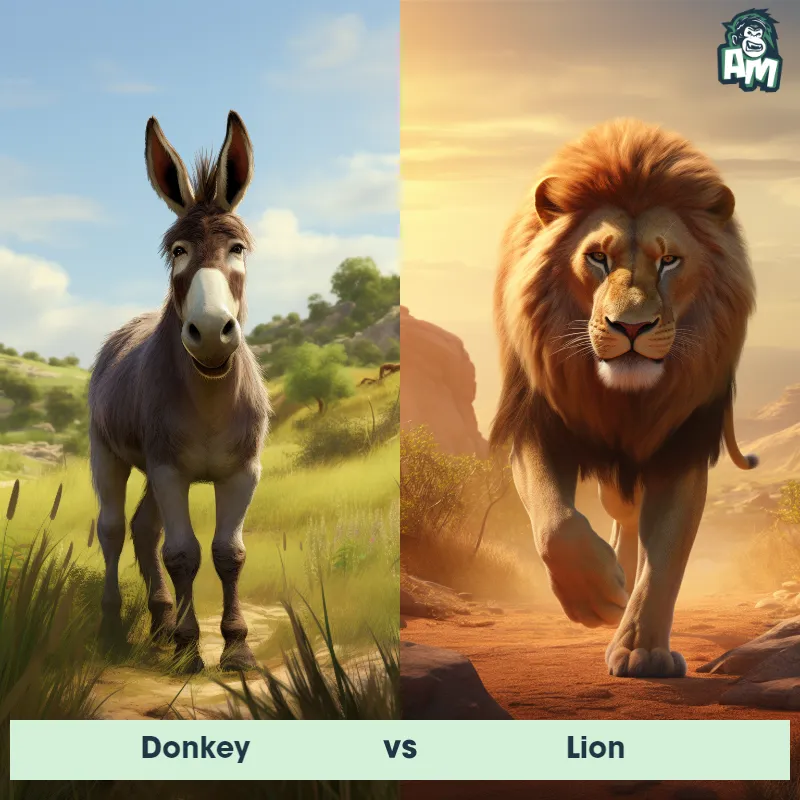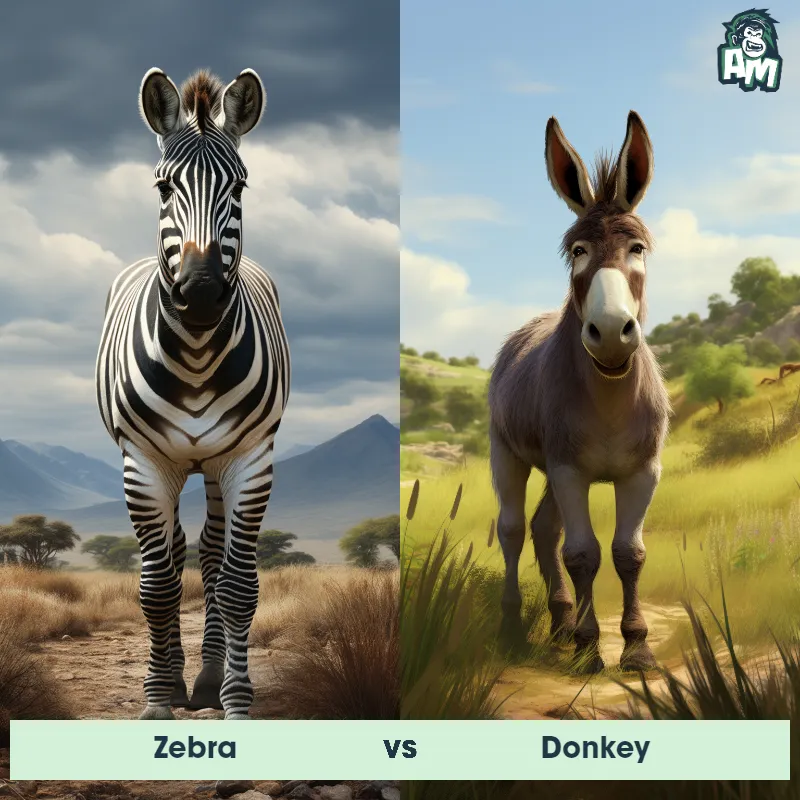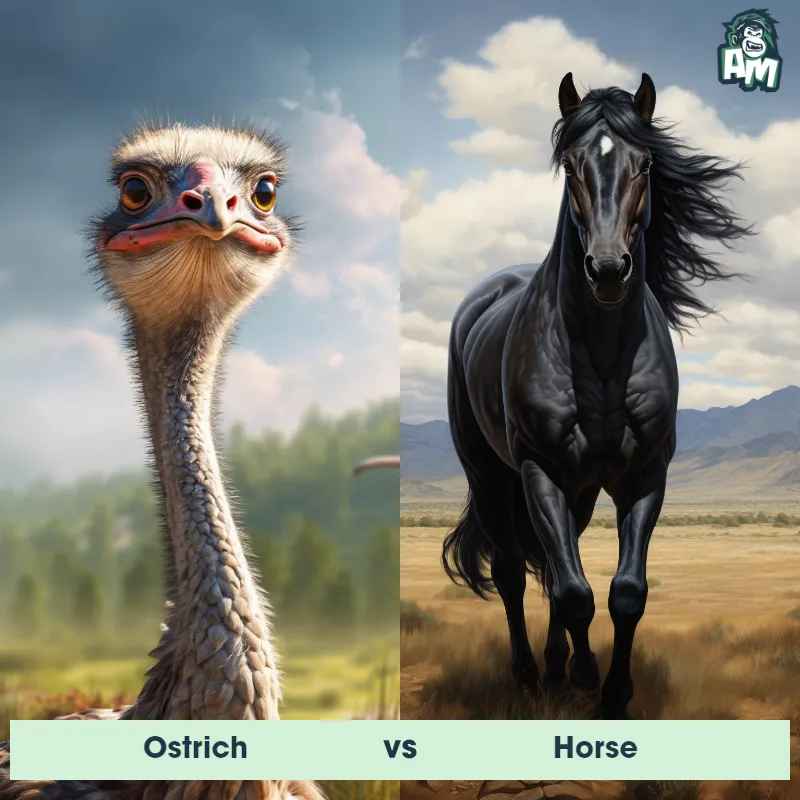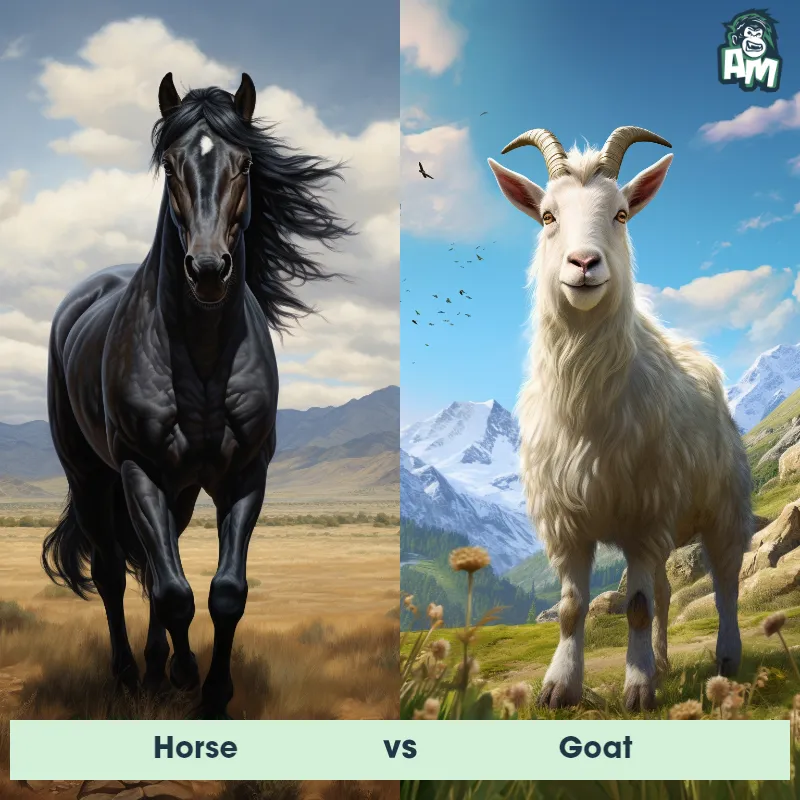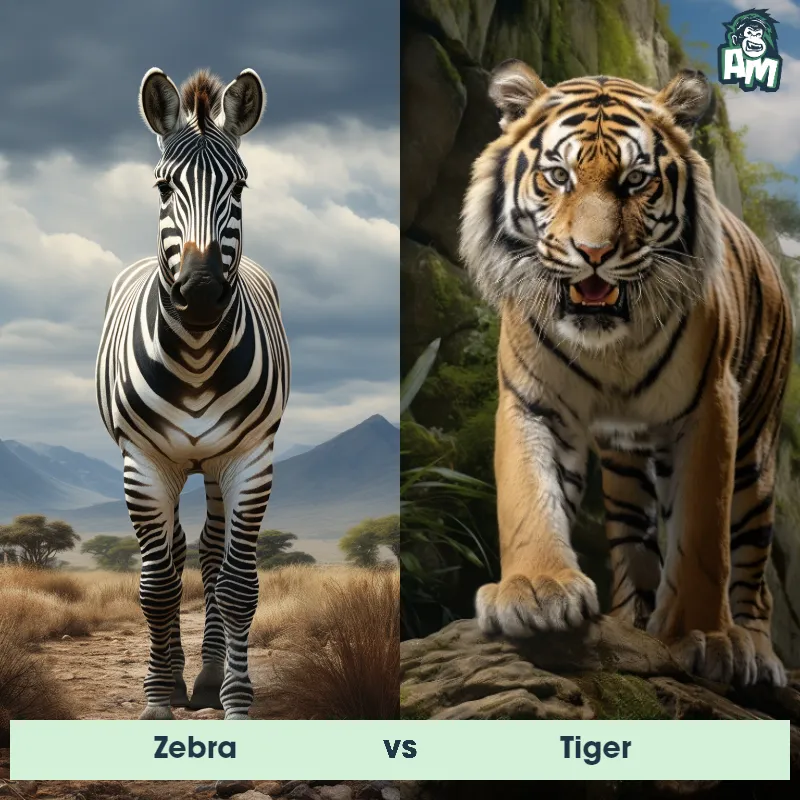Parasaurolophus vs HorseSee Who Wins

In the left corner, weighing in at nearly three tons and standing at 31 feet long, the powerful and crested Parasaurolophus. And in the right corner, known for its speed and agility, the swift and graceful Horse. Prepare for an epic battle of ancient might versus modern speed! Round 1:
Contender 1: Parasaurolophus
The Parasaurolophus, also known as a duck-billed dinosaur, was a herbivorous dinosaur that lived during the Late Cretaceous Period. It was characterized by its long, hollow, tube-like crest on its head, which could have been used for communication and producing low-frequency sounds. Parasaurolophus had a large body with a robust build, long tail, and four legs with hoof-like claws.
Fun Fact: One fun fact about Parasaurolophus is that its distinctive crest could have been up to six feet long in some species, making it one of the most recognizable features of any dinosaur.
Contender 2: Horse
The Horse is a large domesticated ungulate notable for its speed, strength, and endurance. With muscular bodies, long legs, and a well-defined neck, horses exhibit a wide variety of coat colors and distinctive markings. They possess a unique digestive system that allows them to survive on a diet mainly of grass. Known for their keen senses and high level of sociability, horses have been used for various purposes, including transportation, work, sport, and companionship, throughout human history.
![[object Object] Gif](https://tenor.com/view/horse-fight-viralhog-animal-brawl-animal-scuffle-gif-14740911035351561444.gif)
Fun Fact: Interestingly, horses use their ears, eyes, and nostrils to express their mood, making them one of the most expressive animals.
Matchup Stats
| Parasaurolophus | Horse | |
|---|---|---|
| Size | Up to 30 feet long (9.1 meters) | 4.5 - 6 feet at the shoulder (1.4 - 1.8 meters) |
| Weight | Up to 4 tons (3,629 kilograms) | 900 - 2200 pounds (410 - 1000 kilograms) |
| Speed | 25-28mph (40-45km/h) | 55mph (88km/h) |
| Key Strength | Strong tail for defense | Speed and powerful kicks |
| Biggest Weakness | Vulnerable neck due to crest | Lack of natural weapons (like claws or sharp teeth) |
Current Votes
Parasaurolophus vs Horse
See Who Wins
View More Matches
Looking For More?
Similar Matches
Scientific Stats
| Parasaurolophus | Horse | |
|---|---|---|
| Scientific Name | Parasaurolophus | Equus ferus caballus |
| Family | Hadrosauridae | Equidae |
| Habitat | Forests and coastal plains | Grasslands, Deserts, and Forests |
| Geography | North America | Worldwide |
| Diet | Herbivorous | Herbivore (Primarily grass, hay, and grains) |
| Lifespan | 50 years - 70 years | 25 years - 30 years |
Key Differences between Parasaurolophus and Horse
- Tail: Parasaurolophus possessed a long, muscular tail for balance, considerably different from a Horse’s shorter, hair-covered tail.
- Size: Parasaurolophus was significantly larger than a Horse, with lengths up to 31 feet compared to a Horse's average 8 feet.
- Neck: Parasaurolophus had a relatively short and thick neck compared to a Horse's longer, more slender neck.
- Head: Parasaurolophus was characterized by a long cranial crest extending back from its head, unlike Horses which lack such structures.
- Color: While Horses often displayed a wide range of colors and patterns, the precise coloration of Parasaurolophus is unknown, but it likely had a more uniform, less vivid palette.
- Limbs: Parasaurolophus had strong hind limbs and smaller forelimbs, indicative of its bipedal and occasionally quadrupedal stance, whereas Horses had equally-sized limbs adapted for quadrupedal locomotion.



